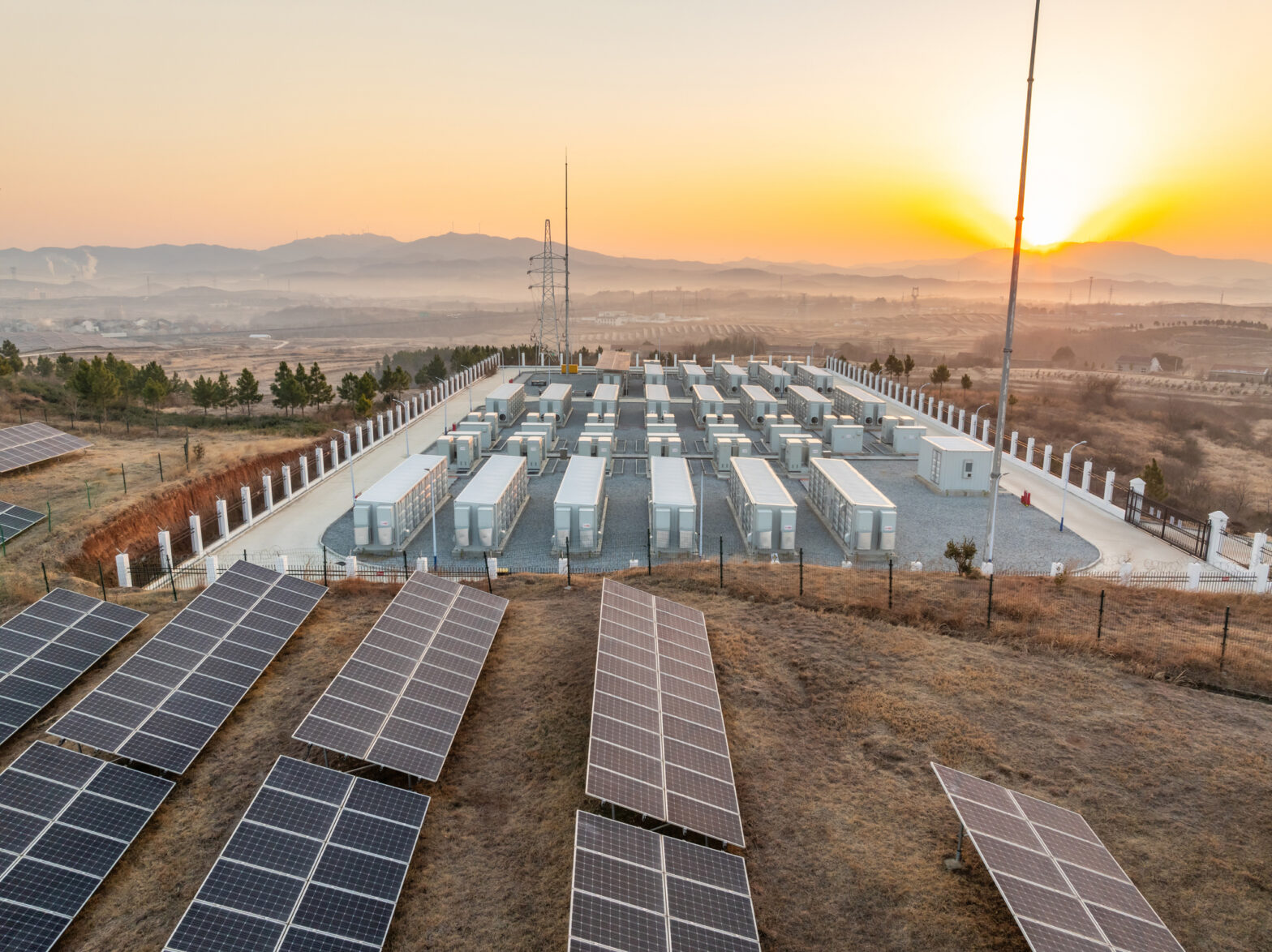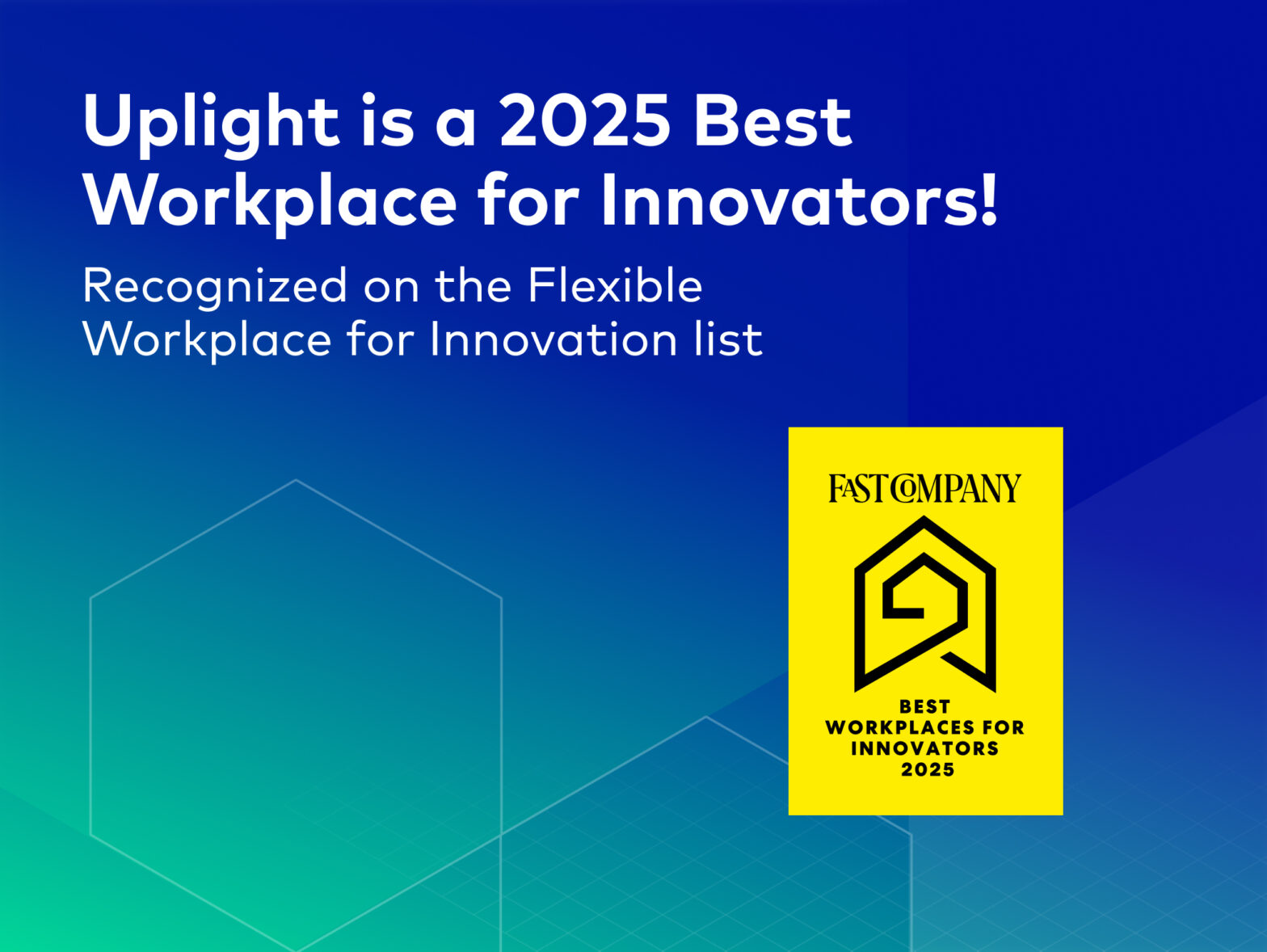Innovation can be an overused buzzword in the energy sector. But with demand rising rapidly and decarbonization mandates looming large, it’s exactly what we need to find creative answers to the challenges facing utilities and their customers. As Vice President of Strategic Development at global energy company AES, Alexina Jackson and her team are focused on developing innovative solutions that catalyze a digitally-enabled, reimagined electrical grid through new technologies, processes, and regulations.
We recently caught up with Alexina to hear her thoughts on everything from growing data center energy demand to grid-scale batteries, the opportunity for non-wires alternatives (NWAs), and the role of consumers in the clean energy transition.
There’s been a lot of hype about how AI is going to impact demands on the grid. How is AES working with customers to alleviate some of these supply adequacy challenges?
Modern society is absolutely data-rich—and increasingly so. AI is likely a tool we’re all going to use, either knowingly or unknowingly. For example, generative AI is being used to write a lot of code that supports the tools we like to use as consumers.
I’ve talked with data scientists who opine that AI developers could use endless compute power—and that means endless energy. However, these scientists are really aware of the energy they’re consuming, and they want to innovate down that constraint to their own business models. So while there’s this huge increase in energy consumption from data centers and AI users and developers, and it’s something to keep an eye on, there’s also a desire by producers of AI tools to ensure they’re thinking about energy efficiency.
In all likely outcomes, our society is going to become increasingly more data rich, more digitally enabled, and more distributed in the use of these tools. It’s not going to be just commercial data centers using AI tools, but households as well. AES is focusing on data centers as we think about how we make sure this increasing load is going to be served by renewable energy despite current system constraints. My team specifically is thinking about how we can make this constrained grid system more available so it can serve up renewable energy to customers like data centers.
Do energy reliability needs look different across sectors (utilities, military, data centers)?
Military bases, data centers, utilities—they all want reliable energy. All these entities have pressure to provide extremely reliable outcomes. For the military, it’s the safety of the troops. For data centers, it’s the four nines or above of uptime reliability. For utilities, it’s a reliability construct as well. So it’s interesting to think about those three together, because we have shared outcomes to deliver reliable services to our end customers.
The challenges and the solutions in all three sectors are very likely to be shared challenges and solutions. Sometimes we forget at this point in our grid evolution that we really do share these challenges—and therefore hopefully we will lean in and work together on finding solutions.
For example, the military has experienced threats to the troops in relying on diesel generation, because they have to transport that diesel, which creates a target during times of conflict. There has been a concerted effort by the military to think about renewable energy backup systems that are easily deployed, appropriately tough, and safe from surveillance. They see renewable energy as a way to solve that safety challenge. AES is extremely well-positioned to serve these sorts of customers committed to safe, reliable, and decarbonized energy.
Grid-scale batteries are now being integrated into energy asset aggregations. How do current modeling and interconnection processes limit the value they can provide, and how can we change that going forward?
AES created the concept of grid-scale batteries, and now has a joint battery venture called Fluence, which is something we’re very proud of. When I think about batteries, I think about their flexibility and the diversity of things that they can do for the grid and for customers. They could flex between grid asset and energy source if we allowed them to. There are some regulatory limitations on how we can use batteries in the U.S. today, but the possibilities are still really exciting, and my team is committed to seeing a maximal use of battery flexibility.
At the transmission level, we have three key objectives for batteries. The first is improving how batteries are studied in the interconnection process so that we recognize their inherent ability to be controlled. Batteries are currently being studied in a way that is often economically irrational. There are system operators that are assuming that a battery is going to discharge energy when we’re at peak conditions—in other words, when there is otherwise maximum consumption of energy. They are assuming that a battery would charge during that same period and therefore introduce a big load or demand to the grid.
If you know anything about how a battery economically wants to operate, it generally wants to charge at points in time where there is abundant energy in the system and low consumption because that’s cheaper, and then discharge when there’s a lot of demand and the energy price signal is high. Some system operators are currently studying batteries as if they are economically irrational actors that will charge expensively and discharge inexpensively, which would operate them at a loss. Needless to say, that methodology for studying them also drives extremely high network upgrade costs to be assigned to these battery projects—costs that get passed on to the consumer of energy when built. We’d love to see in the interconnection study process study batteries as economically rational actors, and apply mitigation strategies that are consistent with the battery’s ability to be controlled.
Objective number two would be seeing batteries deployed in an increasing number as transmission assets, particularly in the U.S. because we’ve seen a number of deployments of storage as transmission globally. There aren’t great processes in place for batteries to be studied as transmission assets. A lot of the transmission planning process is looking 10 to 20 years out, and batteries can be deployed much more quickly, which makes them a quick solution to transmission capacity constraints. But they don’t really have a box to fit into under current transmission study processes. In the interconnection process, which I see as the reactive study mechanism or planning approach, batteries may be seen as a mitigation approach for excessive network upgrades.
In the longer term, more proactive planning process, we hope that batteries won’t be seen as a nonconforming solution, but will eventually become a line of first defense. As a transmission need arises, we could say we need to build much bigger poles and lines running through these corridors, or use advanced conductors, which we think is a great technology. Or could we make more efficient use of what’s already in place by putting batteries at either end of a corridor that may be subject to congestion and ensure that we’re shipping energy and then warehousing it when we have abundant transmission capacity, then serving the load center from the battery when we have constrained periods.
Our third objective is securing a structure that is going to allow batteries to behave in a dual-use method. Currently, people are concerned about a battery that’s operating in dual use—which means both as a transmission or grid asset as well as an energy storage system or an energy supply system—because they’re worried about double counting or state of charge. I have great confidence that we can create digital accounting systems to manage this. There are probably some regulatory changes that we’re also going to need—I’m not trying to underplay the challenge of the transformation. But there’s a huge amount of benefit to using an invested asset like a battery in its place to do as many things as that battery can do to maximize stacked value.
How do you think about batteries as a non-wires alternative (NWA)?
The NWA construct is one of the tools in the toolbox of solutions. There’s a lot to be explored around time-of-use, and particularly how that dries efficiency throughout the grid and maximal use of assets. People often talk about NWAs as sort of an energy efficiency play, and I’m all for energy efficiency. But since we’re becoming an increasingly data rich and digital society, we will see more energy consumption, and part of our objective is to maintain a functioning economy—the enjoyment of “cold beers and hot showers.” So we want to create a pleasant use of the energy system for our customers while still being able to make efficient use of the assets that deliver renewable energy to them.
One of the things I get very excited about when thinking about NWAs including batteries, VPPs, and local grids is this idea of a new role for the utility as a distribution system operator. The utility can start thinking about how they enable customers to have those electrified assets they’re interested in and consume energy in an efficient and effective way, but then also manage energy through the distribution grid so we’re serving up more local energy—because we’re going to be producing energy locally—farm-to table energy is sometimes the way I say it.
By balancing the grid through NWAs, we will flatten the peaks we currently have in the electrical system, which is what our transmission systems serve. Having a more balanced distribution system drives multiple benefits. Local energy consumers can use what they need when they need it in an efficient way. But then we’ll make more efficient use of the transmission system as well because we’ll have more predictable load curves and smaller peaks, making higher use of that transmission head room that we currently leave unused for reliability reasons.
What are some of the system benefits of getting customers more involved with DER-focused programs?
Consumers themselves have a role to play in providing this bidirectional energy. Instead of seeing DERs as chaos causers, utilities can view them as something that can actually be called on as we provide incentives to consumers to participate in providing grid benefits: having the products they want, having the electrification and efficiency resilience—particularly in increasingly unpredictable weather environment—and lower energy bills if we structure the market signal correctly. If we make more efficient use of the system, that should result in a better energy transition in a more affordable way, and consumers of energy have a real role to play in that.




